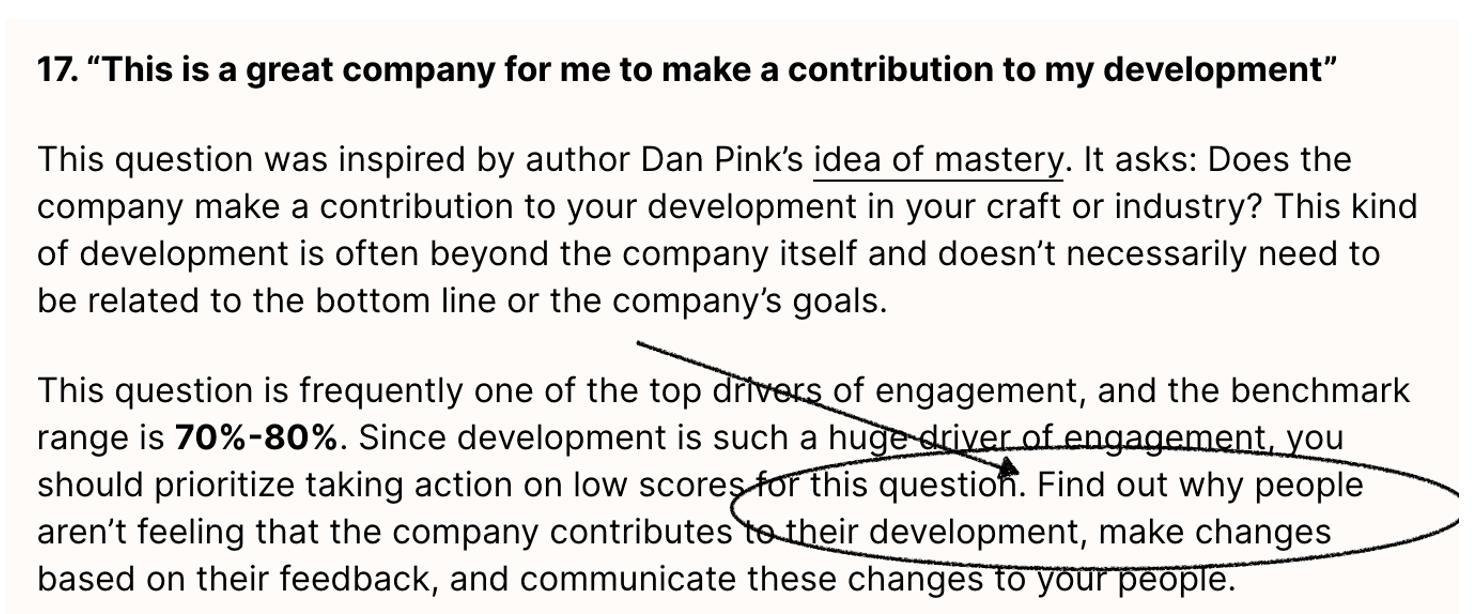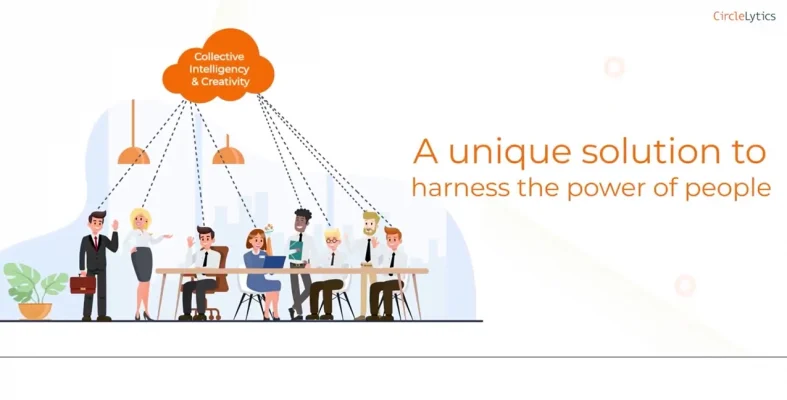Rudi Crabbé, director of Eten+Welzijn, came in touch with the online CircleLytics Dialogue in 2020 as a participant. He really liked the way in which opinions are collected, and through dialogue and reflection turned into validated outcomes and emerging perspectives. Due to an assignment from the Ministry of Health, Welfare and Sport, to solicit opinions on sustainable nutrition in healthcare, CircleLytics was selected to apply dialogue for this purpose. As far as he is concerned, the dialogue that resulted was an indispensable step to learn a lot, and relatively quickly, with a large group. It drove the speed and quality to make substantiated choices.
Request demo
Dialogue promotes steering for an integrated approach
The Eten+Welzijn Foundation works on the creation of a more healthy and sustainable way of living, with people and their well-being as a central focus point. She translates knowledge and proven solutions into concrete applications in practice. That means, for example:
- help administrators with the sustainability issue for healthcare in the field of nutrition,
- facility managers with nutrition policy and its implementation and with
- caregivers, chefs in the health care sector, and dieticians: discuss and conclude new regulations regarding nutrition.
The foundation also organizes cooking workshops for people who suffer from a loss of smell and taste. Eten+Welzijn focuses on sharing knowledge about healthy and sustainable food by means of training and education in the workplace, combating food waste and customized food.
Maartje Vervuurt, project support and communication at Eten+Welzijn says: “We have a large number of target groups with whom we want to keep in touch. The integrated approach is important, because the entire chain must move in order to bring about structural improvement in nutrition in healthcare. The first online dialogue was about “The urgency of sustainable and healthy food in healthcare”. With this dialogue we have been able to reach all chain partners who contribute to sustainable food in healthcare, from farm to fork. Within a few weeks, 255 participants provided qualitative insights that we would not have collected otherwise. The response was high at 71% and more than 2,600 opinions were shared. The second round ensures a multitude of online interactions and learning moments from each other. This is structured by CircleLytics’ unique AI. This affects people’s ability to examine and revise their own opinions. The question was broad, precisely to find out where people see opportunities and what possible obstacles are. In this way, many people have been able to give their opinion based on their expertise. Subsequently, in the second (dialogue) round, they jointly determined which opinions they considered valuable and why. You also get a lot of information from the explanations to the opinions. Sometimes we expected these answers, with some we are pleasantly surprised. They also indicate which opinions of others they do not support and why not. This usually doesn’t come easily to the table, but it prevents us from drawing inaccurate conclusions about what they think is important.”
Concrete results from dialogue
Vervuurt continues: “The results of the dialogue held in 2020 have contributed to the content of the Green Deal, in which healthcare organizations and the government make agreements about the contribution that the healthcare sector can make to improving the environment. Concrete conclusions are:
- that there is still little awareness about sustainable and healthy food.
- developing a vision, structural knowledge transfer and implementation at all levels are the most important opportunities.
- sustainable food policy is an integral policy, we have to do it together.
We have taken certain lines of action from the dialogue, which have given us direction in which initiatives we will set up and who will be part of them. Chain partners per action line must continue to talk to each other, work together and come up with solutions from a joint perspective. We shared the results with all participants and indicated which opinions they valued the most as a group. So not “who were mentioned most often” but carry the most weight on behalf of the group. That feedback is important and shows the urgency that we as a chain as a whole must work together to achieve the intended objective.”
Share opinions anonymously and asynchronously
Vervuurt: “Putting this broad question to so many people asynchronously – so at their own time from their own place – is something we simply could never have done in any other way. You cannot physically get these people into a room, offer a limitless freedom to openly express an opinion and have so many reflection and listening to others taking place. After all, they are your colleagues or partners who look at the same issue in a different way, but this takes time to unleash. The dialogue means that we, as a foundation, can better advise and act towards our stakeholders with these supported answers and make choices not about them, but with and through them. We as a foundation do not make final decisions, but contribute to steering via policy and through the activities and initiatives that we develop as a foundation. Because of the dialogue, we know that we meet the most important needs of different parties.
CircleLytics guides us through dialogues according to our needs, such as designing questions and explaining new possibilities to make analyzes fast and clear. The reports and dashboard give us instant clarity and we always feed back the results to the participants. That enriches their insights as well. I always coordinate the question with CircleLytics, because they have a lot of experience with this. By asking the right questions, the dialogue yields more useful answers. As soon as questions are open, challenging and relevant, you achieve the most with the group. The second (dialogue) round is crucial and the outcomes are valuable for our choices. People should feel free to give their honest opinion. We have noticed that this works very well with the dialogue, partly because of the anonymity and the time they have to think about their opinion and that of others. It’s important to make sure you trigger that in participants. That is why we always do a check with the CircleLytics team for the optimal duration.”
Also read what other organizations achieve with CircleLytics Dialogue, such as Salta Group: “Participants have a few days, so you do not have the rush of a focus group, but you do have the proverbial night’s sleep, which is necessary for reflection. That reflection on our questions and reflection on each other’s (other) answers (and scoring up/down) guarantee in-depth and validation. They are also allowed to change their closed scale if they wish and a high percentage does so. Unlike surveys, you therefore get high reliability .” Read more here.
Strategic health issue
The Health House program helps hospitals to comply with the National Prevention Agreement: “In 2025, the food supply will be healthy for patients, staff and visitors in 50% of the hospitals. By 2030 at the latest, the food supply in all hospitals will be healthy. In addition, there is a focus on a healthier food supply in other types of healthcare institutions.”
Vervuurt: “Our foundation Eten+Welzijn, for example, helps chefs in health care to put together a full, more plant-based menu. There is often a lack of knowledge about healthy nutrition, which makes it difficult to deviate from routines. Above all, dishes must also be tasty, we help healthcare institutions in all kinds of ways.”
Ideas from practice
Vervuurt: “A question we investigated within this program is: how do you get more vegetables, fruit and water on the menu in a hospital? In a dialogue we asked all restaurant and catering staff in three participating hospitals about their ideas on how to consume more fruit, vegetables and water in the hospital restaurants. We were curious about all the ideas of people who deal with nutrition in healthcare on a daily basis, so that they can inspire other colleagues.
Change is slow and many people find it difficult. Nudging (steering attention to choices people make) can have a positive effect on increasing the consumption of healthier food, such as offering sliced fruit or poké bowls rich in vegetables. Always ask yourself: How can you make healthy choices easier for people? Successful examples from the dialogue that work well in practice are: placing healthy products at the front of the shelf, including more healthy products in the range, having toppings put together yourself and adding flavorings such as lemon to water. And free tap water was made available in the restaurant. With the latter promotion, sales did not decline and people did drink more water. This is a good example of how an idea is successfully put into practice. An important signal from the dialogue was: don’t patronize. Let people make the healthier choice themselves by introducing more diversity in the range of healthy food. And we can only confirm that: by making the choice yourself, it is also sustainable and therefore a structural change.”
If you would like to speak with CircleLytics further and see a demo, click here and schedule your appointment.

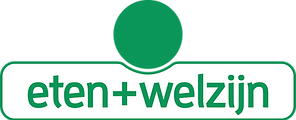


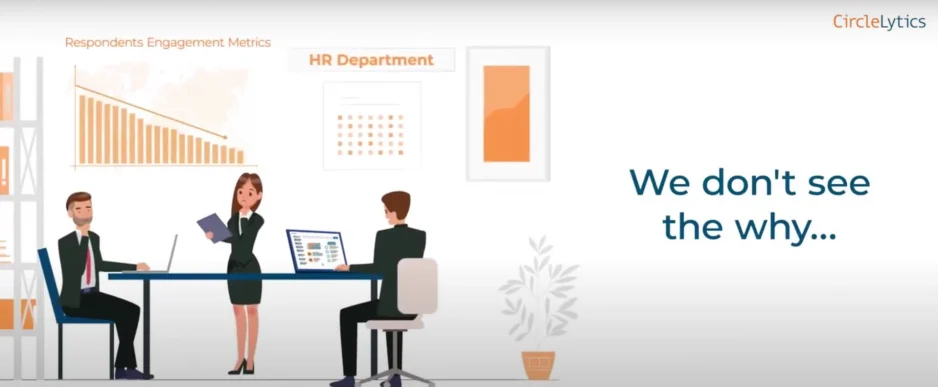
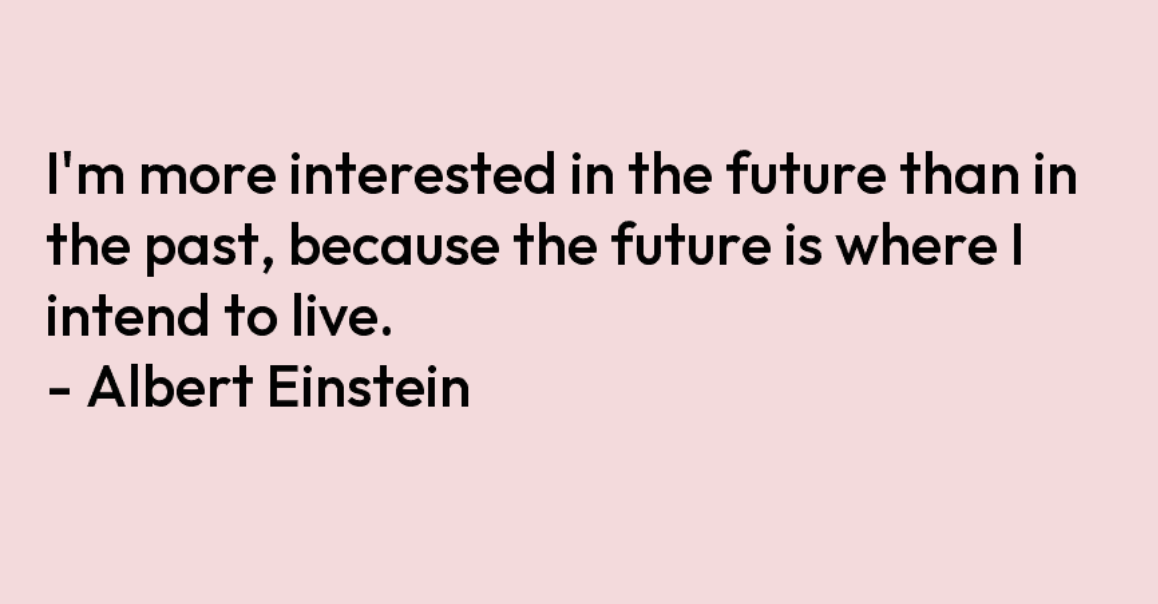 no require, need to be take seriously for their opinions. You also get a higher response rate and a much better response; they take answering your question seriously. As a result, your research becomes more reliable. Don’t forget to ask more questions about the future and present, than about the past; the past doesn’t resonate strongly enough with people.
no require, need to be take seriously for their opinions. You also get a higher response rate and a much better response; they take answering your question seriously. As a result, your research becomes more reliable. Don’t forget to ask more questions about the future and present, than about the past; the past doesn’t resonate strongly enough with people.